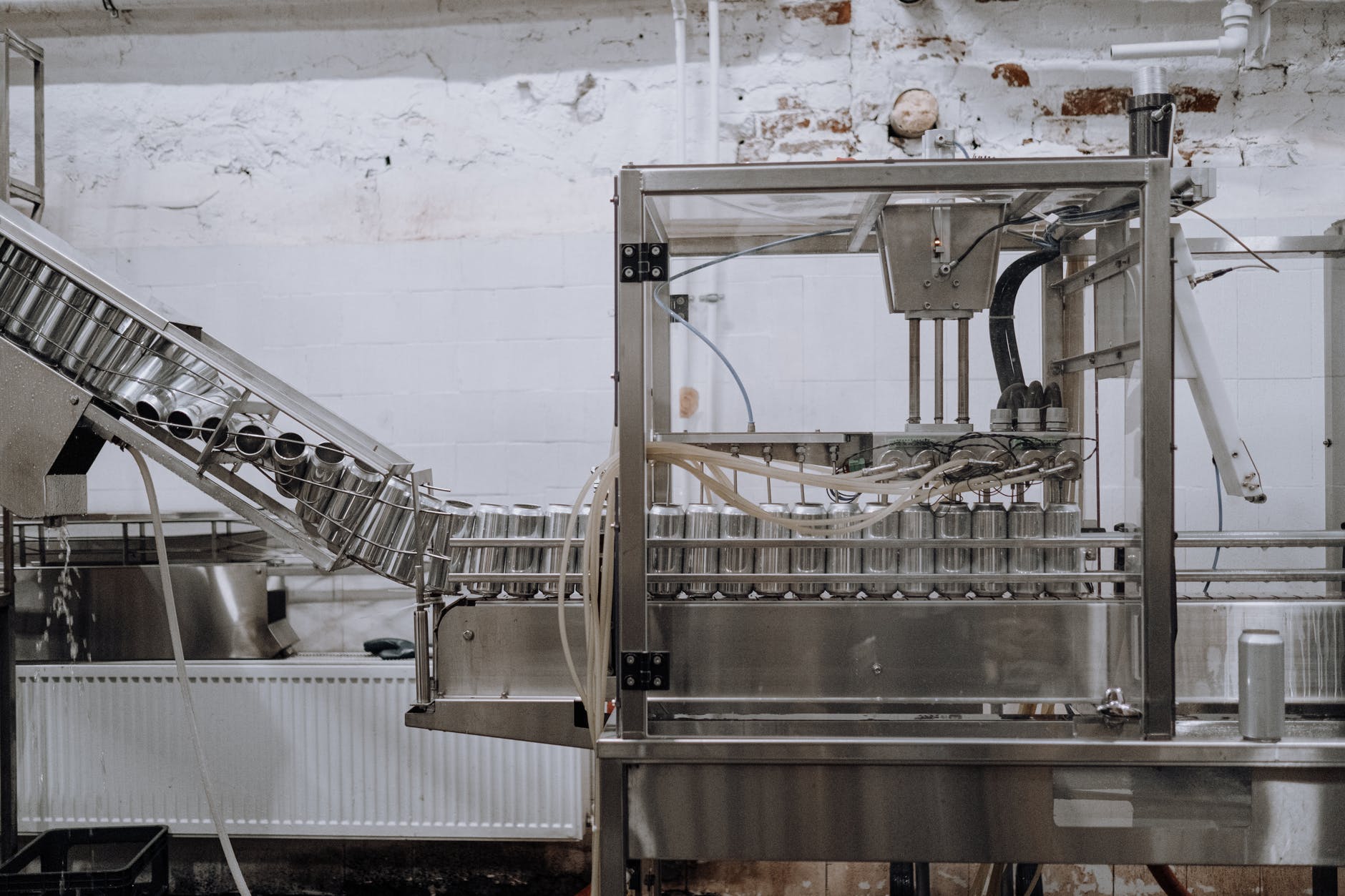Small businesses often have to juggle a lot of different priorities in order to succeed. They need to find ways to improve their product or service while keeping costs low, and all without sacrificing quality. This is where Kaizen comes in. Kaizen is the Japanese word for “change for the better.”
It is a philosophy that can be applied to business, manufacturing, and even personal lives.
In this blog post, we will discuss what kaizen is, and give some examples of how it can be used by small businesses to achieve constant improvement.
Table of Contents
Small Step at a time
Kaizen is all about making small changes that lead to big results. It is based on the premise that everyone can contribute to improving the process, no matter how small their role may be.
This means that kaizen ideas can come from anywhere in the organization, not just from the top down. And because kaizen is all about continuous improvement, it can be used to address any type of problem, no matter how big or small.

Kaizen Attributes
There are three main attributes or types of kaizen: process improvement, product improvement, and people improvement. Let’s take a closer look at each one.
Process Improvement
This type of kaizen focuses on improving the way work is done. It can involve streamlining processes, eliminating waste, and improving quality control.
Product Improvement
This type of kaizen focuses on improving the product itself. It can involve finding ways to make the product better quality, more user-friendly, or more marketable.
People Improvement
This type of kaizen focuses on improving the people who make up the organization. It can involve training employees, improving communication, and creating a more positive work environment.
All three of these types of kaizen are important for small businesses. By constantly striving to improve their processes, products, and people, they can stay ahead of the competition and continue to grow.
Steps to implement Kaizen
Arrange brainstorming sessions
Brainstorming sessions can be a great way to come up with kaizen ideas. They can involve all members of the team or just a subset of employees who are responsible for the particular process or product that you are trying to improve.
The key is to generate as many ideas as possible, and then whittle them down until you have a few that are worth pursuing.
One way to do this is to use a voting system. Each employee gets a certain number of votes, and they can cast them however they want. This allows everyone to have a say in the decisions that are made and helps to ensure that the best ideas are chosen.
Another method is to rank the ideas based on their feasibility and impact. This can be done by assigning each idea a score on a scale of one to five, with five being the most impactful and feasible. Ideas that score high on both measures are more likely to be successful.
Conduct pilot tests
Once you have a few kaizen ideas that you want to pursue, it’s time to put them into action. This is where pilot testing comes in. Pilot testing allows you to try out new ideas on a small scale before rolling them out company-wide.
This is important because it allows you to see what works and what doesn’t without risking too much. It also allows you to make changes and adjustments as needed before implementing the change on a larger scale.
Pilot testing can be done in a number of ways. One common method is to create a prototype of the new process or product and then test it out with a small group of employees. This can help you to work out any kinks and make sure that the change is actually an improvement before implementing it company-wide.
Get feedback and make adjustments
After pilot testing your kaizen idea, it’s important to get feedback from employees and customers. This will help you to see how well the change is working and whether there are any areas that need to be adjusted.
You can get feedback in a number of ways, such as surveys, interviews, focus groups, or observations. Once you have this feedback, you can make changes to the process or product as needed to improve it.
Examples of Kaizens in Small businesses
One great way to see how kaizen can be used in a small business is to take a look at some of the examples below. These businesses have used kaizen to improve everything from their processes to their products. Names of the company are hypothetical and used for example only.
Example #1

1. ABC Marketing
ABC Marketing is a small business that uses kaizen to continually improve its marketing process.
Based on brainstorming they found that their online marketing was not performing as well as their peers. In this digital era, it’s a matter of concern.
Some of the reasons they came across were reasons such as
- Irregular content posting
- Multiple posts are not in sync. They were not reflecting brand image.
They have implemented a number of changes to improve this situation, some of the changes were
- Creating a content calendar.
- Using templates for their marketing materials.
- Defining Brand color wheel.
This has helped them to streamline their process and produce better results.
Example #2

2. MZP Soaps
MZP soaps were receiving complaints from distributors for some of the boxes being empty i.e. no soap in them.
All the engineers brainstormed different ideas and solutions but nothing was coming up with an effective solution. Some of the ideas generated included
- Putting the camera on the assembly line.
- Installing a robotic arm on the assembly line.
- etc.
Then one of the engineers consulted the operator about the issue and what could be its solution according to him?
The operator gave an amazing idea that solved the problem forever.
He suggested putting a fan at the end of the assembly line. Boxes without soap would be thrown out of the assembly line and won’t be dispatched.
This is one of the best examples of kaizen I know of. Why I consider it to be the best example is for two reasons.
- It emphasizes the fact that kaizens need not be complex and can be extremely simple. You don’t need a piece of expensive machinery for solving every problem.
- It shows that kaizen can come from any hierarchy level. The operator provided a solution none of the engineers could think of.
Final Thoughts
Kaizen can be a powerful tool for small businesses.
By constantly striving to improve, they can stay ahead of the competition and continue to grow.
Implementing kaizen for small businesses can be done in a number of ways, such as conducting brainstorming sessions, pilot testing new ideas, and getting feedback from employees and customers. By using these methods, small businesses can make continual improvements that will help them to succeed.
No matter which methods you choose, the important thing is to get started. Kaizen is an ongoing journey, not a destination.
By constantly making small improvements, you can keep your business moving in the right direction. And who knows? Maybe one day those small changes will add up to something big.
So what are you waiting for? Get started on your kaizen journey today!




